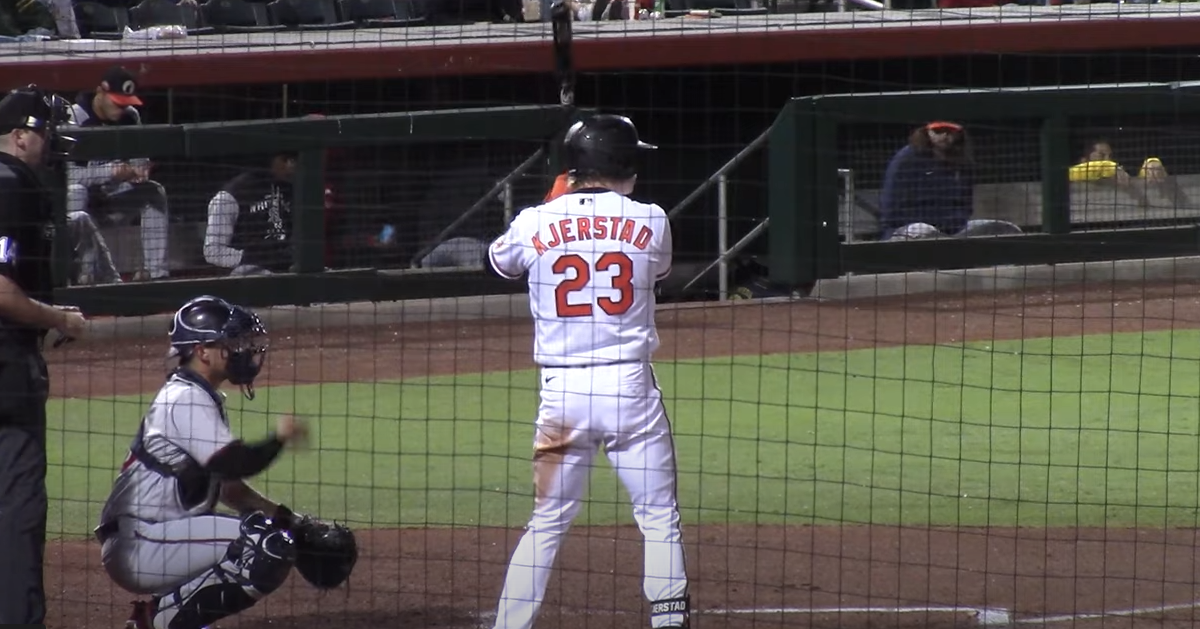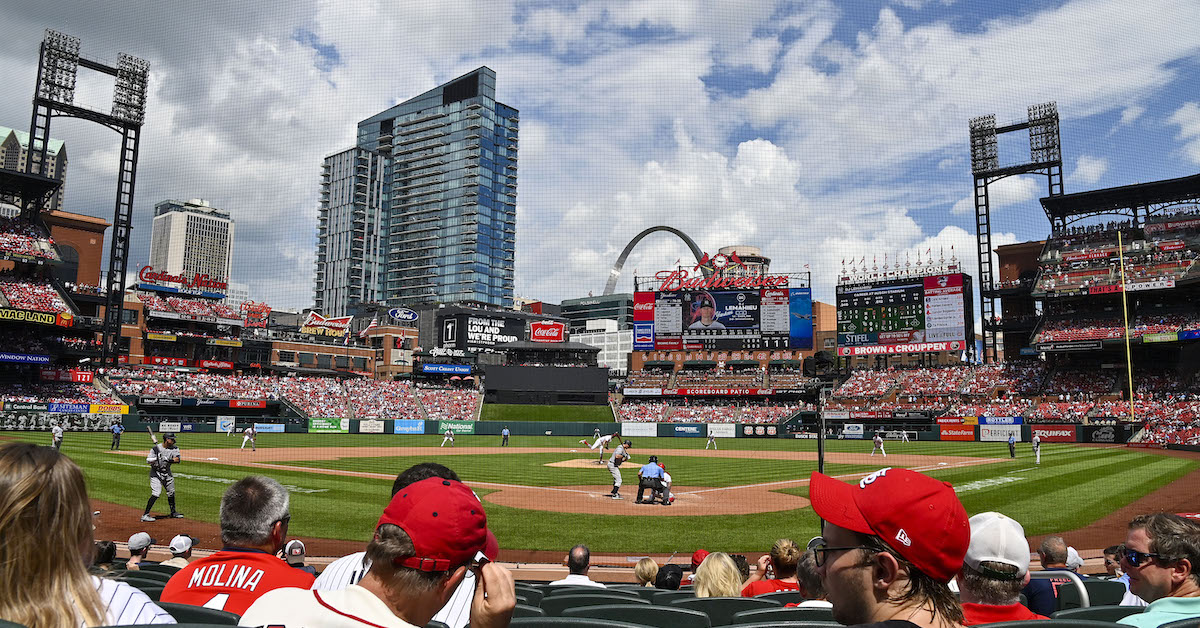Heston Kjerstad Talks Hitting

Heston Kjerstad’s path to the big leagues began with a serious speed bump. Shortly after being taken second overall by the Orioles in the 2020 draft out of the University of Arkansas, the left-handed-hitting outfielder was diagnosed with myocarditis. He has since fully recovered, but because of a high-grade hamstring injury incurred last spring, he wasn’t able to make his professional debut until June. He didn’t forget how to hit during the long layoff. In 284 plate appearances between Low-A Delmarva and High-A Aberdeen, Kjerstad slashed .309/.394/.457 with a 135 wRC+. Moreover, he proceeded to earn MVP honors in the Arizona Fall League by pummeling pitchers to the tune of a 1.007 OPS.
No. 7 in a loaded Baltimore Orioles system, Kjerstad will celebrate his 24th birthday on Sunday. He talked hitting during his stint in the AFL.
———
David Laurila: Tell me about your progression as a hitter. You were obviously out of action with the health issue for some time.
Heston Kjerstad: “You know, it’s part of the game. Everybody misses time here and there, but you’ve done it for so long and practiced it so much that while there is a little rust to be knocked off, it’s going to come back to you. And honestly, there are some things you learn from being away from the game, and you apply them once you are back.” Read the rest of this entry »





